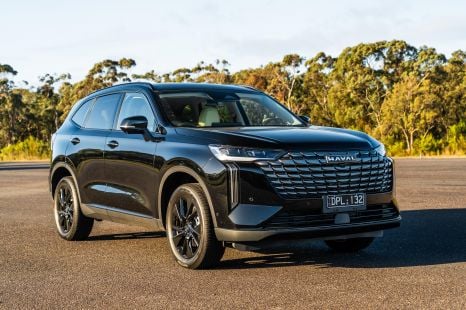

Josh Nevett
2025 GWM Haval H6 review
1 Month Ago
The Polestar 4 has quickly become a best-seller in the premium electric SUV space, although it sits in an awkward price bracket.
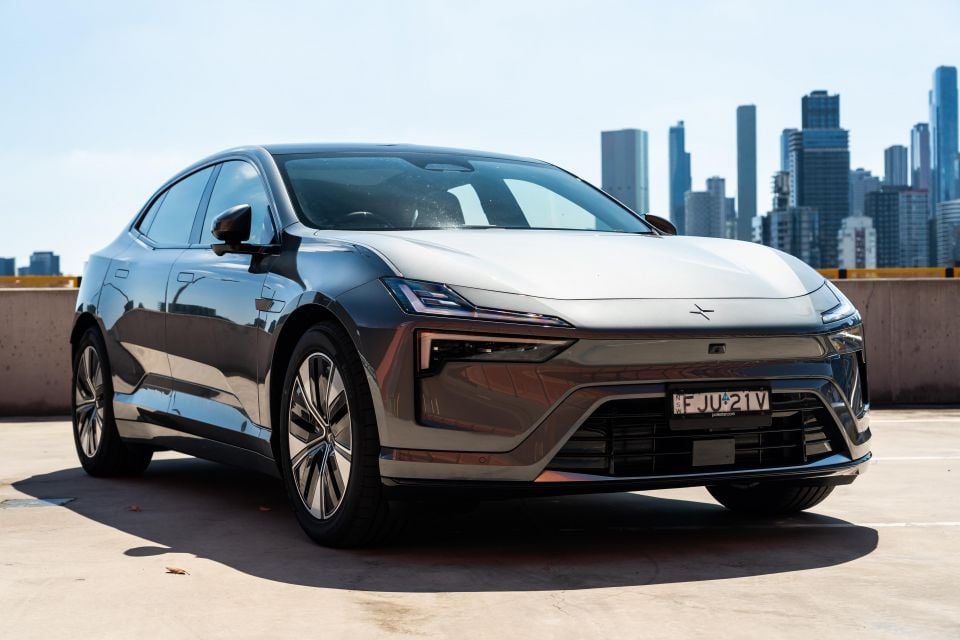
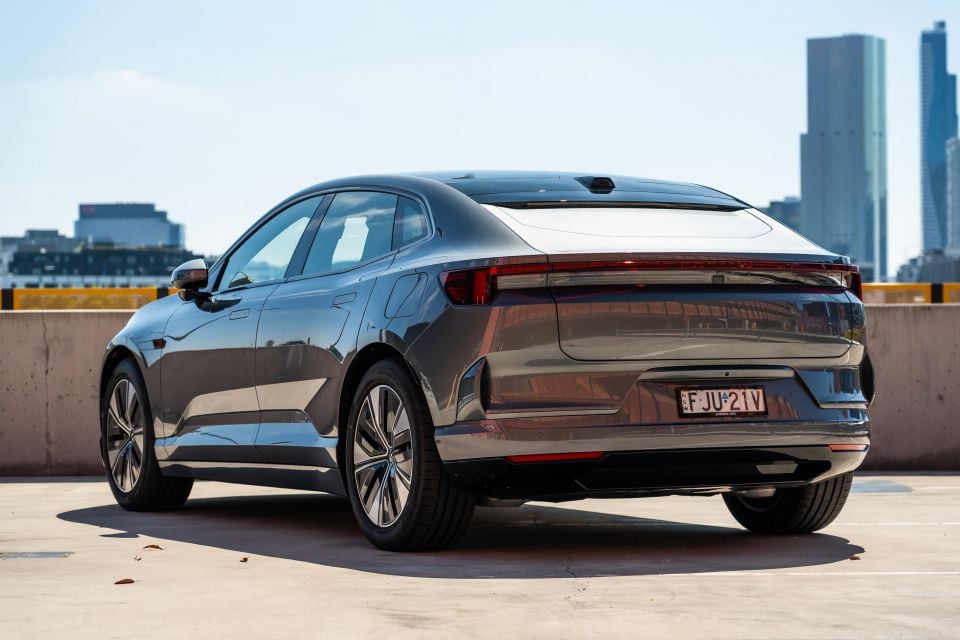

Quickly see how this car stacks up against its competition. Select any benchmark to see more details.
Where expert car reviews meet expert car buying – CarExpert gives you trusted advice, personalised service and real savings on your next new car.
Can we stop talking about that missing rear window now, please?

The Polestar 4 made headlines when it launched back in 2023 without a rear window, replaced by a roof-mounted camera built into the sloping coupe tailgate. It sparked conversations about safety and styling alike, but the world has moved on to crazier things since, leaving the 4 starved of attention in Australia.
And it’s a model that’s worthy of discussion, as the mid-size electric SUV is currently Polestar’s best-seller Down Under. To the end of May, Polestar delivered 502 examples of the 4, while the 2 and 3 have combined for just 332 sales.
Somewhat surprisingly, the 4 is also out-selling many segment rivals, including the Skoda Enyaq, Kia EV6, Audi Q4 e-Tron, and Ford Mustang Mach-E. Although it’s not quite doing Tesla Model Y numbers…
So, what’s got new car buyers lining up for a Polestar 4? We tested a fully-optioned, top-spec dual-motor variant to find out.
Priced from $78,500 plus on-road costs, the Polestar 4 is available in single-motor and more expensive dual-motor guises, the latter of which starts from $88,350 plus on-road costs.
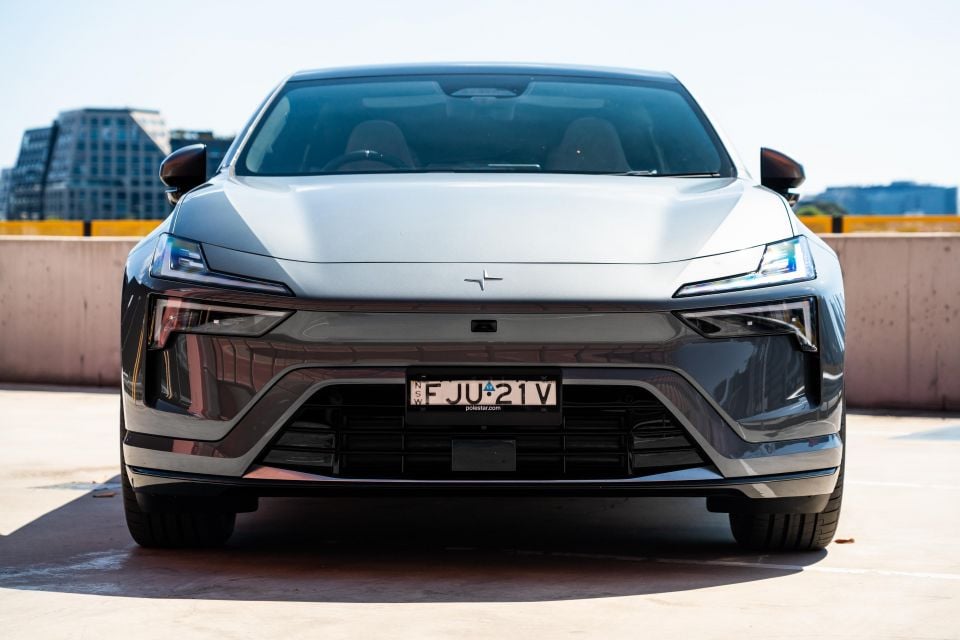
| Model | Price before on-road costs |
|---|---|
| 2025 Polestar 4 Long range Single motor | $78,500 |
| 2025 Polestar 4 Long range Dual motor | $88,350 |
Our tester was heavily optioned, featuring extras including the Plus Pack ($8000), Nappa upgrade ($7000), and electrochromic panoramic glass roof ($2200). All up, you can expect to pay just over $118,000 drive-away for a similar example.
To see how the Polestar 4 stacks up against the competition, check out our comparison tool
Polestar has built its brand on premium minimalism, and that’s exactly what you get in the 4.
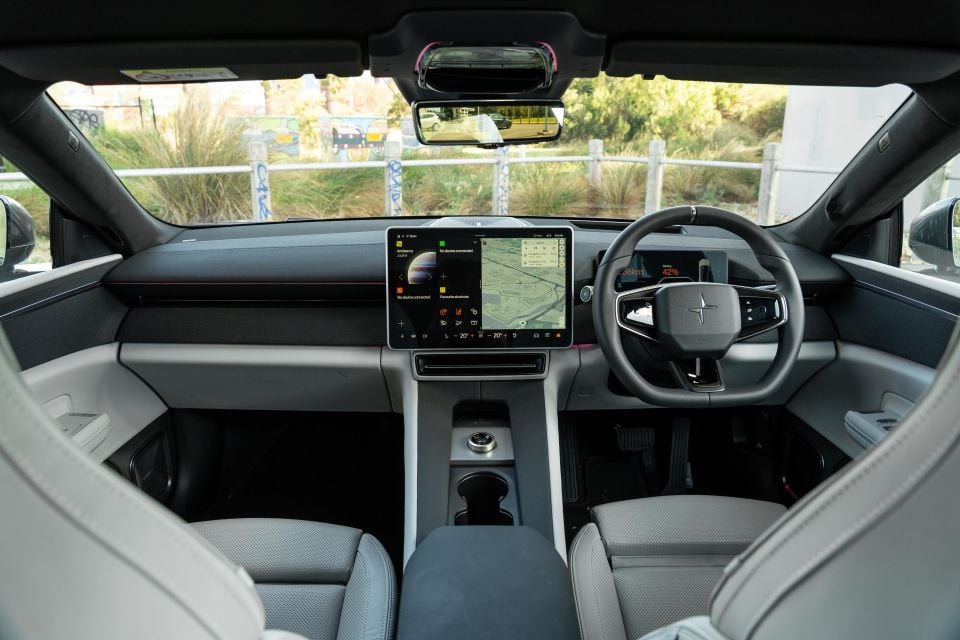
Some will bemoan the lack of wow factor, and many will riot against the absence of physical controls, but this top-spec example proved easy to live with and properly luxurious.
The cabin is absolutely decked out in soft-touch and high-end materials, including often neglected areas like the lower door cards and headliner, eliminating any sense of cheapness.
There’s some variety too – leather, cloth, mesh, and suede all feature, yet the space feels cohesive in its design. And it’s easy to get settled, as the optional white Nappa leather seats (‘Animal welfare-secured’, of course) are supremely comfortable and fully-featured.
In addition to full electric adjustment, both front pews feature three-stage heating and ventilation, as well as a comprehensive suite of massage functions. Massaging car seats often disappoint, but I could’ve mistaken those in the Polestar for a professional masseuse.
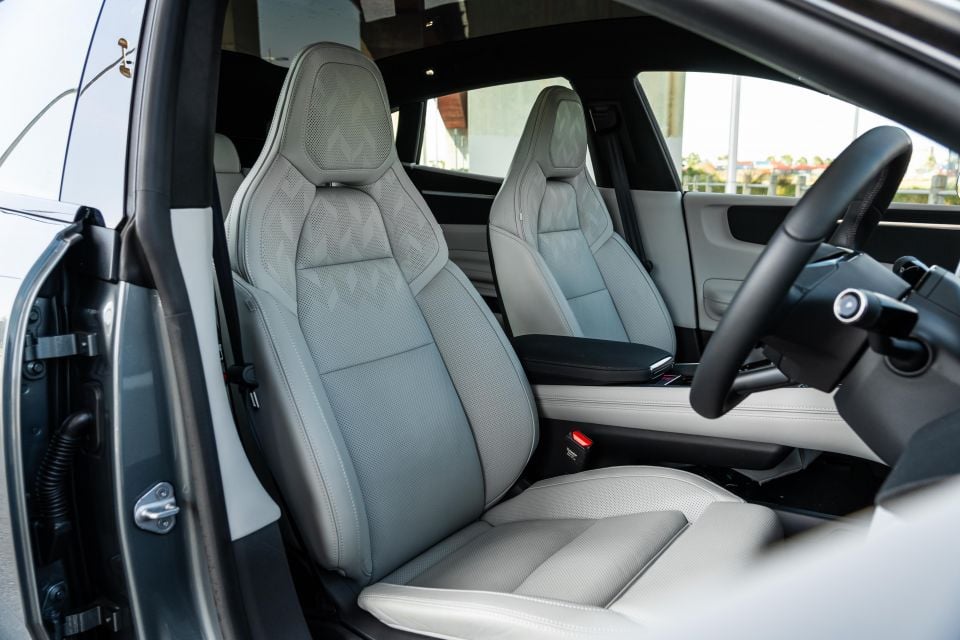
The Plus Pack steering wheel is likewise finished in plush leather, heated, and electrically adjustable. It sits beautifully in the hands, and looks the part thanks to a silver metal centre marker.
Pleasing materials and comfy seats form part of the Polestar 4 experience, but the rest is dominated by technology.
There’s no way around it, this is a tech-heavy vehicle, and those searching for an analogue SUV should look elsewhere.
You get two interior screens – a small rectangular driver’s display that looks like an iPhone in landscape orientation, and a large centre infotainment screen measuring 15.4 inches in diameter. The $8000 Plus Pack fitted to our tester adds a 14.7-inch head-up display.
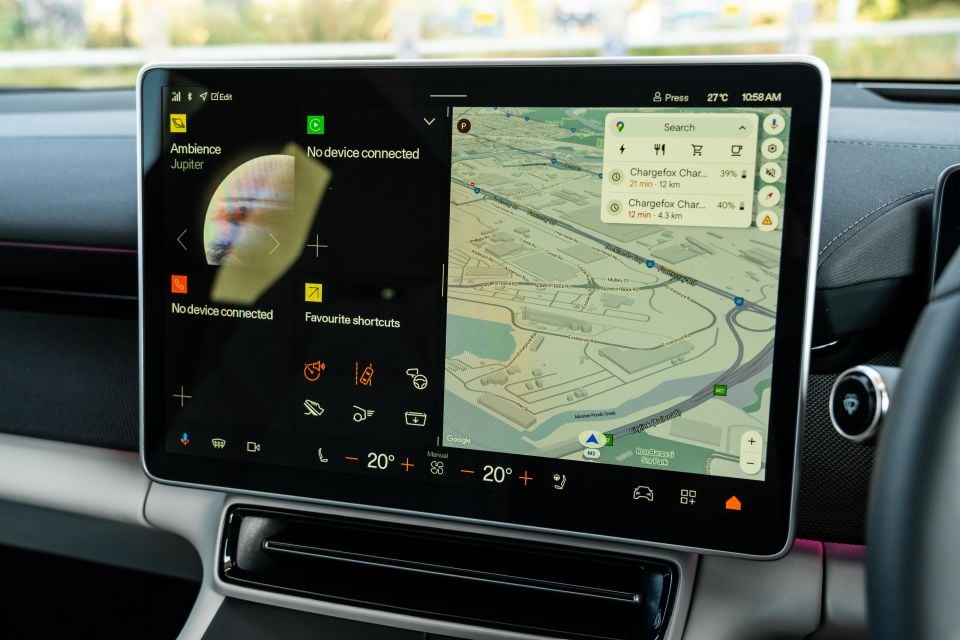
Most vehicle functions are embedded within the infotainment screen, which is based on the Android Automotive operating system with Google built-in – meaning access to a range of internet-based features and services like the intelligent Google Assistant, Google Maps, and apps from the Google Play Store.
It’s one of the best systems going around, and very user-friendly in this application. You can configure all the layouts and shortcuts to your liking, prioritising access to features like Apple CarPlay, vehicle settings, or favourite apps.
While wireless smartphone mirroring is available, it’s not a necessity here. Provided you take some time to tinker with the settings, audio streaming, satellite navigation and phone controls are easily accessible through the native infotainment interface.
That gives your phone a chance to cool down and replenish via either a central wireless charging pad or one of two USB-C outlets in the centre console. Hold off hard acceleration when taking advantage of the former, as it will send your phone flying across the cabin.
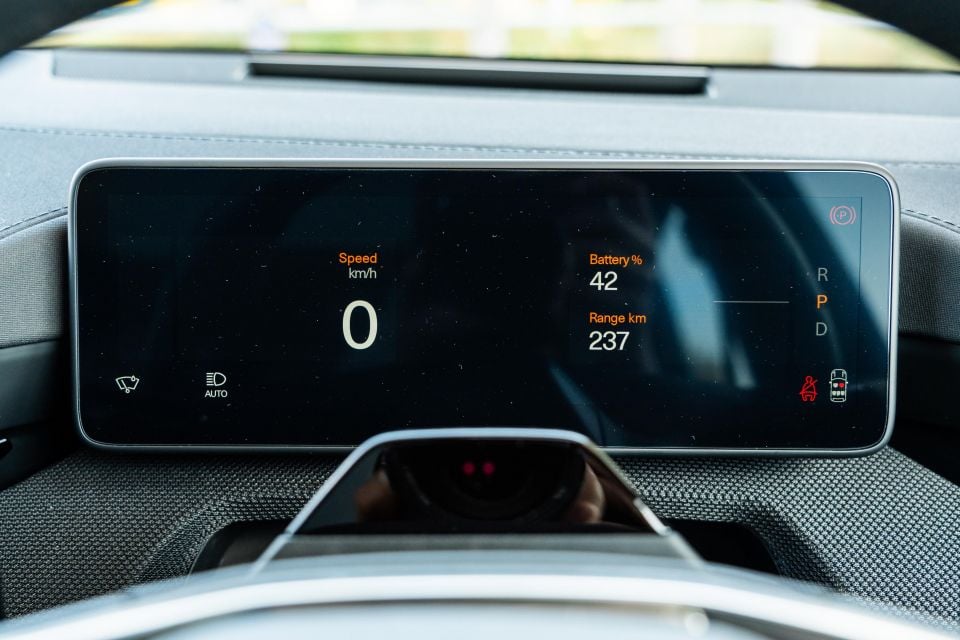
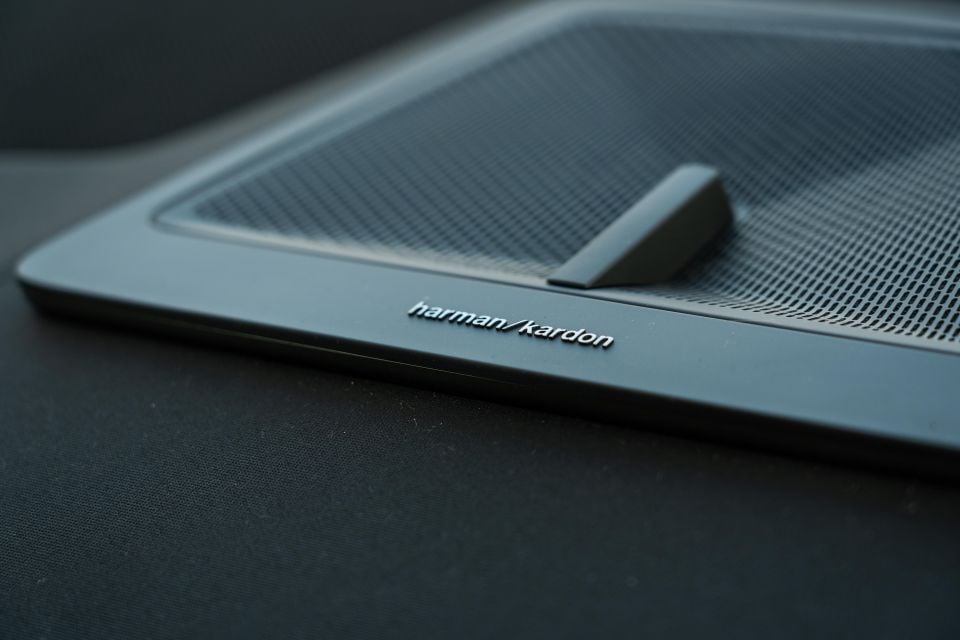
In addition to all the essentials, the infotainment system houses some quirky extras like planetarium-themed ambient lighting – hardly a selling point, but the colour schemes are cool, I guess?
While bright lights are unlikely to generate sales in the showroom, the speakers found in our tester might. Developed by Harmon Kardon, the optional 12-speaker sound system features headrest speakers that create an immersive audio experience I’d liken to wearing your favourite headphones. It’s a worthwhile upgrade that goes some way towards justifying the Plus Pack.
Thankfully, you don’t need to tick any option boxes to enjoy the full storage potential of the Polestar 4. All variants offer expansive door bins, a wide tray under the central tunnel, and a wide glovebox.
The only problem? That glovebox is power-operated, with no manual opening mechanism – great for security, not so much for practicality. Indeed, I experienced a glovebox failure while testing the Polestar 3, which meant I was unable to utilise the space.
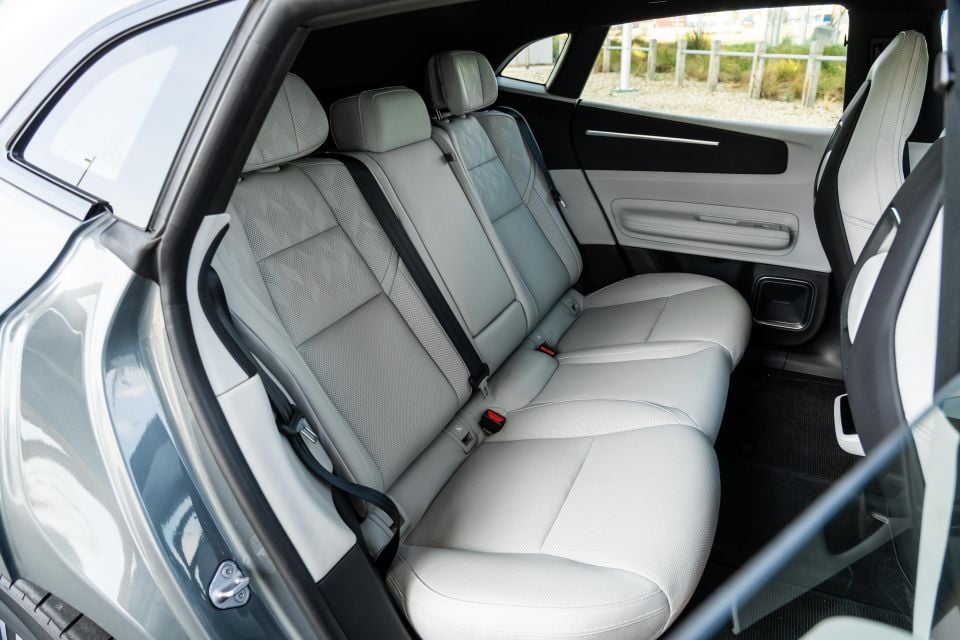
Space is also a key sticking point in the second row, given the Polestar 4 is aimed at buyers with growing families.
So, how does it fare? Well, in short. There’s enough leg- and headroom back there for a pair of taller adults, and the seats don’t lack for cushioning.
What’s more, examples with the Plus Pack gain heated electric reclining rear seats… yet another reason to splash the cash.
On top of premium seating, the second row of the Polestar 4 offers map pockets, tight door bins, a rear entertainment screen with climate control, and dual USB-C outlets. No centre armrest though, which is a curious omission.
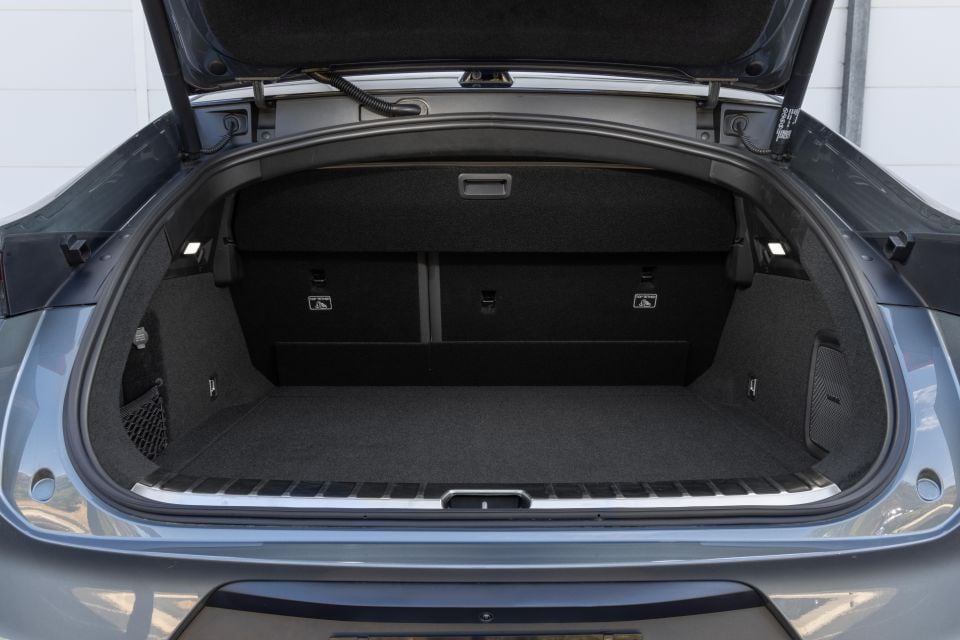
While the sleek design of the 4 limits outward visibility, a panoramic glass roof bathes the entire cabin in light, preventing claustrophobia.
The boot area leaves a bit to be desired. You get 526 litres of cargo capacity, a middling figure for the segment, and the opening aperture is on the smaller side. The rear bench folds completely flat if you need more space, increasing the maximum capacity to 1536L.
Notable features include cargo netting and a 12V power outlet, and the LED boot lighting shines bright. A hands-free power tailgate was fitted to our tester, but it’s not on the standard equipment list.
As is the case with a number of EVs on the market, there’s no spare wheel in the Polestar 4 regardless of the wheel and tyre package chosen.
| Dimensions | Polestar 4 |
|---|---|
| Length | 4840mm |
| Width | 2139mm – incl. mirrors |
| Height | 1534mm |
| Wheelbase | 2999mm |
| Cargo capacity | 526-1536L |
To see how the Polestar 4 stacks up against the competition, check out our comparison tool
The Polestar 4 is offered with a choice of two powertrains – a single, rear-mounted electric motor, or dual front- and rear-mounted electric motors. Polestar quotes outputs of 200kW and 343Nm for the Single Motor variant, while the Dual Motor on test here boasts up to 400kW and 686Nm.
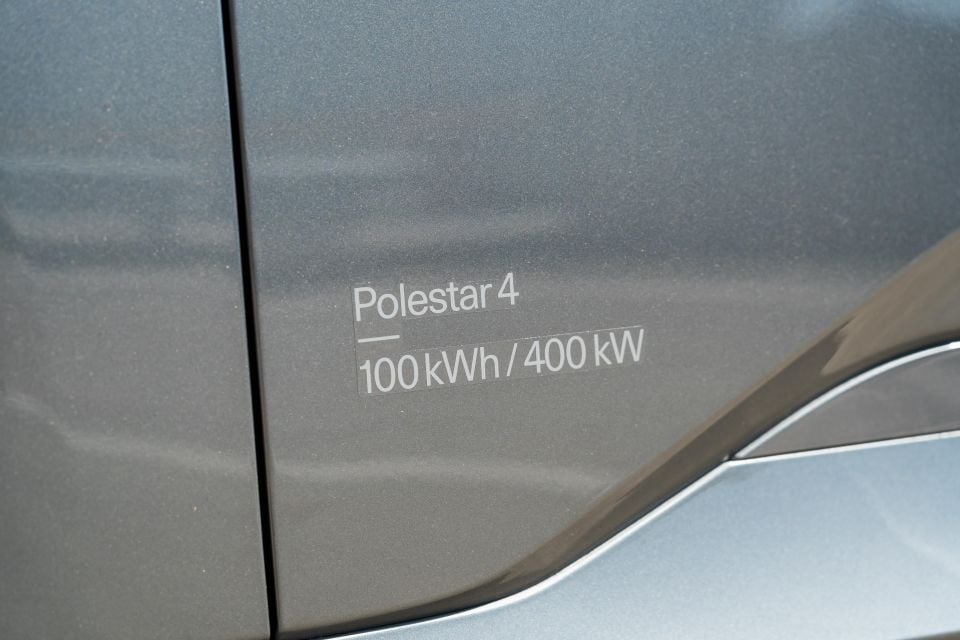
| Specifications | Polestar 4 Dual Motor |
|---|---|
| Drivetrain | Dual-motor electric |
| Battery | 100kWh – nominal, 94kWh – usable Nickel-manganese-cobalt (NMC) |
| Power | 400kW |
| Torque | 686Nm |
| Driven wheels | All-wheel drive |
| Weight | 2355kg |
| 0-100km/h (claimed) | 3.8 seconds |
| Energy consumption (claimed) | 18.7-21.7kWh/100km |
| Energy consumption (as tested) | 21.2kWh/100km |
| Claimed range (WLTP) | 590km |
| Max AC charge rate | 22kW (with Plus Pack) |
| Max DC charge rate | 200kW |
To see how the Polestar 4 stacks up against the competition, check out our comparison tool
Like other models in the Polestar range, the 4 offers a mostly premium, very European driving experience without wearing a German badge.
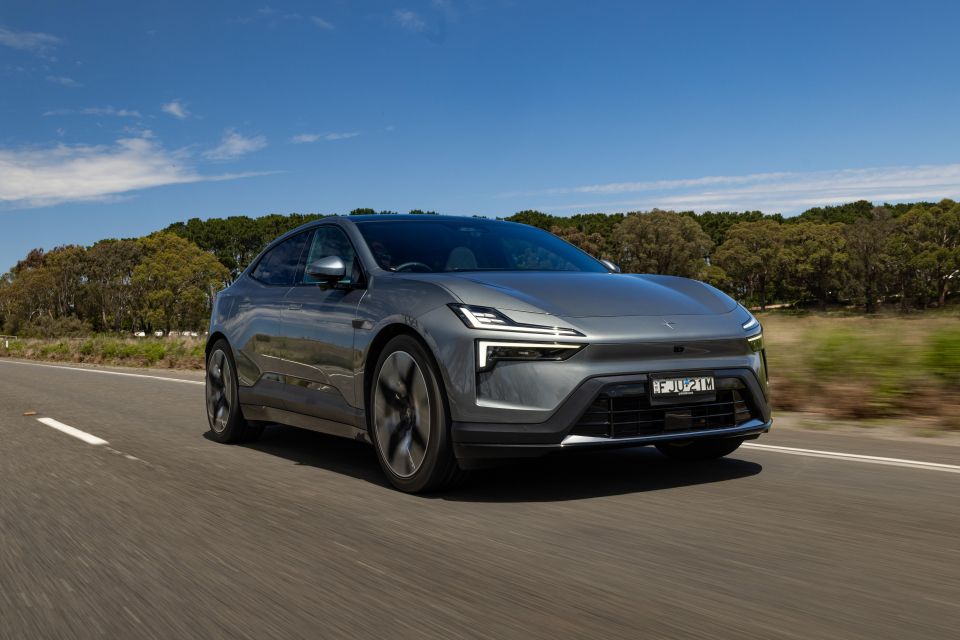
There’s no start button – rather, setting off requires a flick of the right-hand steering wheel stalk, which is becoming an increasingly common startup procedure.
As you settle into low-speed urban driving, the Swedish roots of this China-built Polestar quickly become apparent. There’s a satisfying connectedness to the steering, and both pedals are progressive in their delivery of forward thrust and stopping power.
Like your favourite European luxury models, the Polestar 4 also feels glued to the road, with the ability to transmit as much feedback to the driver as they desire.
However, it doesn’t boast the ability to shield occupants from the road surface, even in this top level of specification. Unlike single-motor versions of the 4, the dual-motor is fitted with semi-active dampers that adjust damping force in real-time.
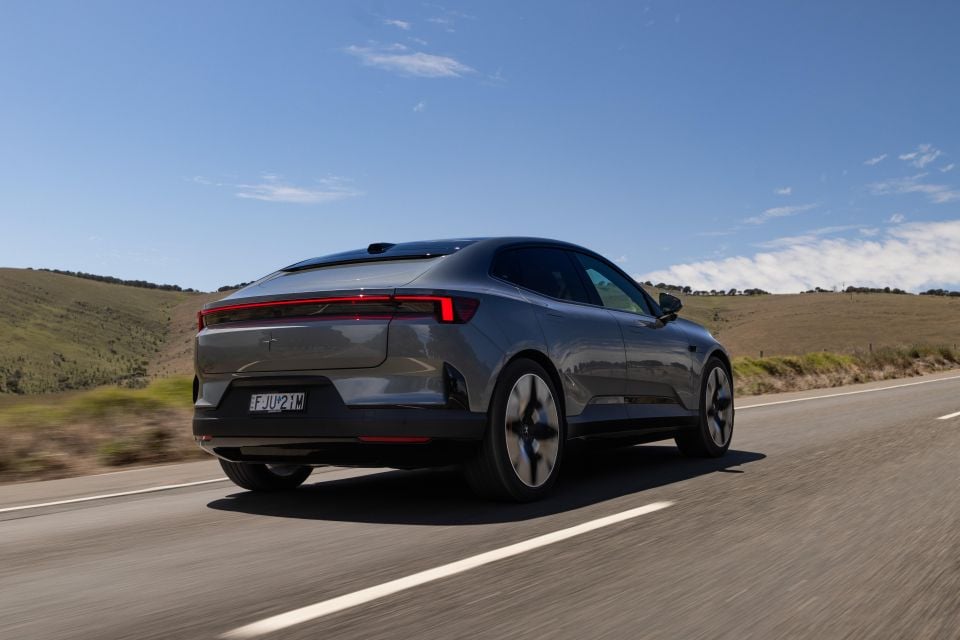
In theory, that should make for a smoother ride, but the adaptive suspension in our tester is actually engineered to be firmer than single-motor models. As a result, the ride is quite busy over imperfect tarmac – undulations and vibrations are felt in the cabin, especially at lower speeds.
While not a fully active system, the semi-active dampers offer a level of adjustability via the customisable drive modes – just don’t expect the 4 to ever feel soft like some luxury barges.
The upshot of a stiffer setup is that this flagship variant handles exceptionally well for a 2.4-tonne SUV, both in town and on a winding country road. It’s the sweet combination of all-wheel drive grip and sporty chassis tuning that makes the dual-motor 4 an engaging vehicle to drive, and that’s before you consider the powertrain.
Under the skin lies a pair of electric motors that generate 400kW of power and 686Nm of torque – more than most modern sports cars. The 4 puts them to good use, with a claimed 0-100km/h sprint of 3.8 seconds, and it feels every bit that quick from behind the wheel.
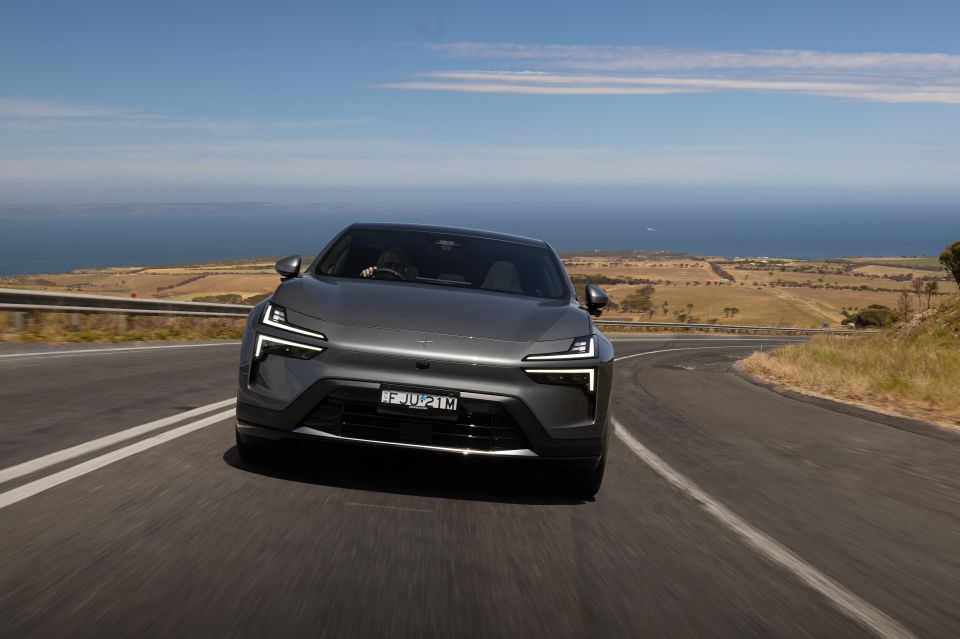
Few rivals can match the Polestar in this regard – it’s blisteringly quick, especially from a standstill. You’ll win just about every traffic light Grand Prix, but be careful when exercising your right foot on a quiet stretch of road, as it’s equally easy to put your licence in jeopardy.
When driven sensibly, the 4 gets up to speed smoothly despite its almost excessive grunt, and it never feels intimidating to pilot around town.
That brings us to the elephant in the room – the rear window, or lack thereof. Obviously it takes some getting used to, but the digital rear-view mirror never failed me and I found it to provide a superior range of visibility.
Having said that, visibility over each shoulder is limited, and it’s difficult to judge distances in the side mirrors when changing lanes.
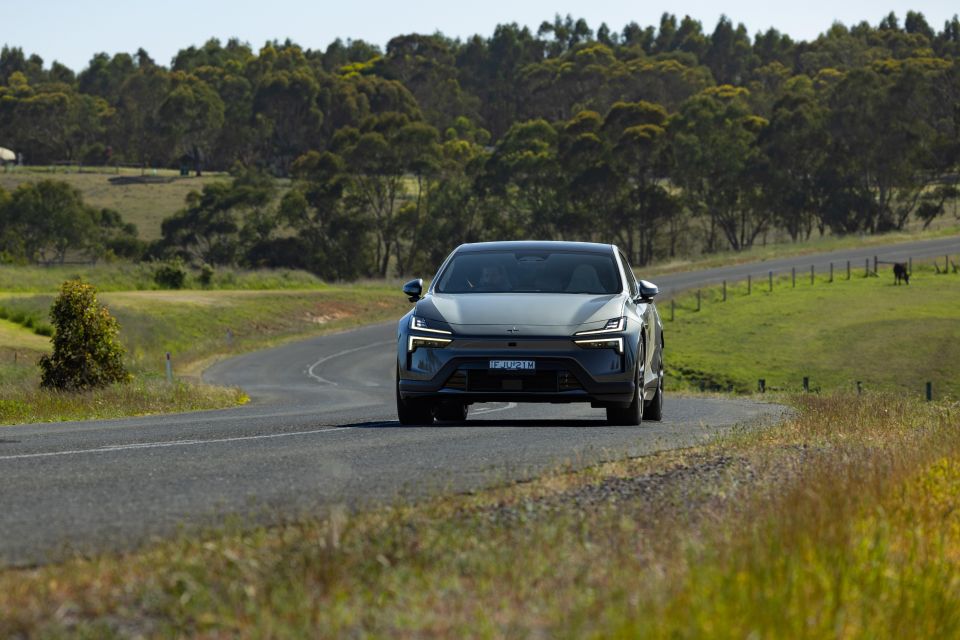
Where expert car reviews meet expert car buying – CarExpert gives you trusted advice, personalised service and real savings on your next new car.
That’s annoying in town, but even more so on the highway. To make up for the lack of sight lines, the Polestar 4 is generously appointed when it comes to safety tech.
Sensors and cameras cover just about every inch of the vehicle – great for parking, and high-speed cruising.
The Polestar ‘Pilot’ semi-autonomous driving system combines adaptive cruise control with active lane centring for a relaxed road trip experience… sometimes.
During our test I found that the Pilot system sometimes deactivated when certain unspecified conditions weren’t met, and I didn’t trust the automated steering inputs to keep me away from lane boundaries. But the cruise control element worked well, maintaining both safe following distances and consistent speeds.

If the latest and greatest self-driving tech isn’t up your alley, the Polestar 4 performs best when actively driven, regardless of how monotonous the route may be. We particularly enjoyed the single-pedal driving capability of the 4, as it enables smooth coasting and deceleration.
Other driver assists include attention monitoring, traffic sign recognition, and forward collision warning, just to name a few. Most are agreeable in their execution – none of the bing-bong ridiculousness you get in some modern cars.
And, worst case, it’s easy enough to switch off certain systems in the infotainment menus. Personally, I elected to disable the overspeed warning feature before every drive.
The last point to touch on is efficiency. We saw a combined average energy consumption of 21.2kWh/100km over one week of testing, which is a disappointing figure when you consider the frugality of rivals such as the Tesla Model Y and Skoda Enyaq.
To see how the Polestar 4 stacks up against the competition, check out our comparison tool
The Polestar 4 is available in two variants in Australia.
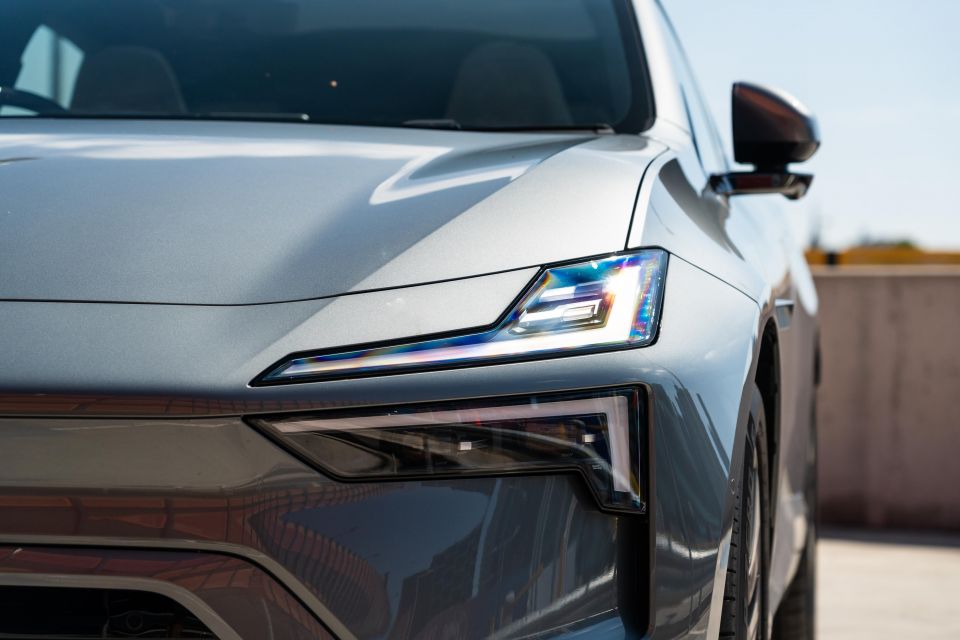

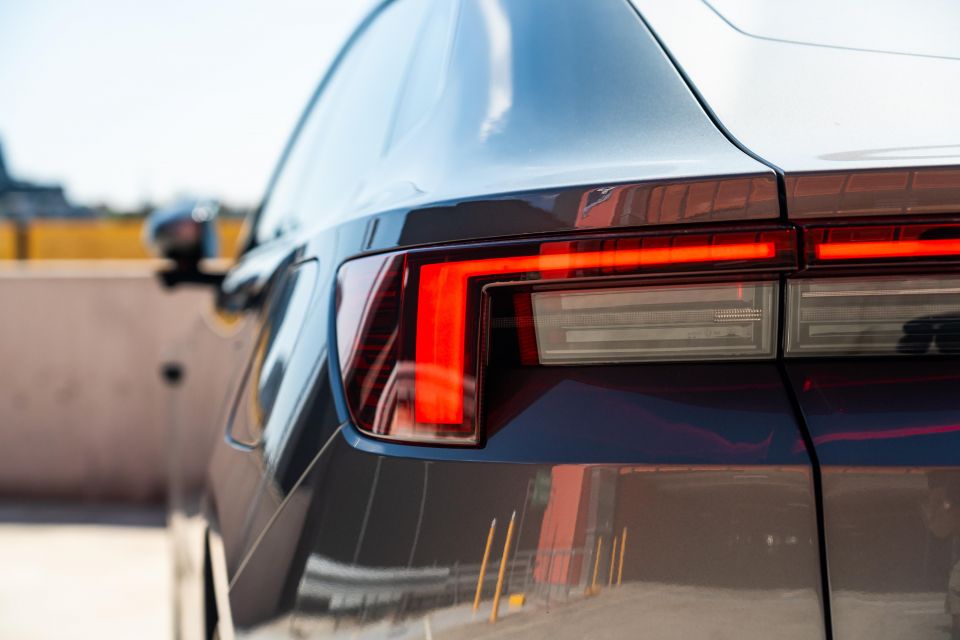

2025 Polestar 4 Long range Single motor equipment highlights:
Polestar 4 Long range Dual motor adds:
To see how the Polestar 4 stacks up against the competition, check out our comparison tool
A number of packages and standalone options are available for the Polestar 4.
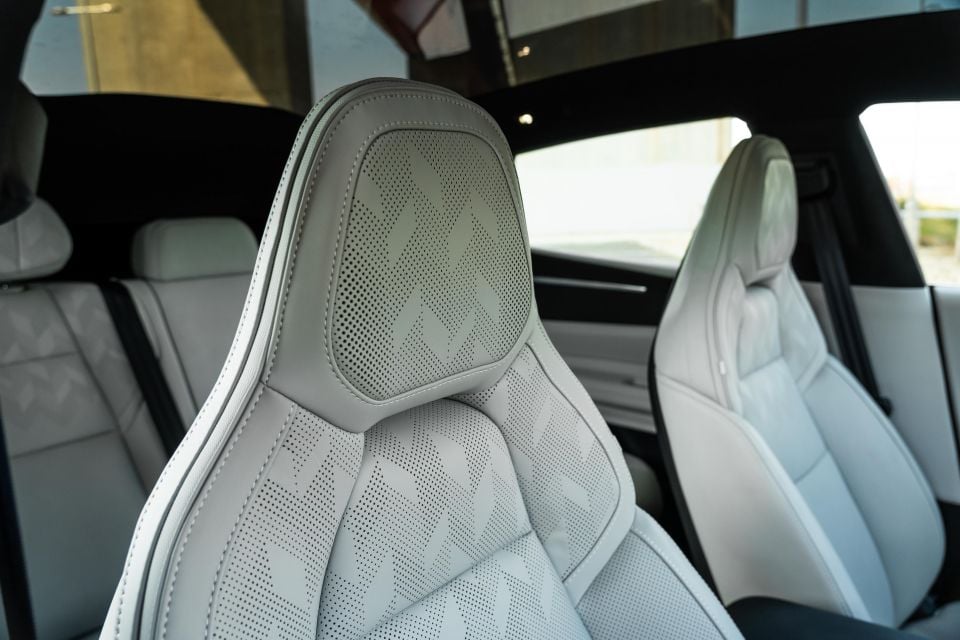

Pro Pack: $2500
Plus Pack: $8000
Performance Pack: $7200 (Dual motor with Plus Pack)
Nappa upgrade: $7000 (requires Plus Pack)
Single item options:
To see how the Polestar 4 stacks up against the competition, check out our comparison tool
The Polestar 4 is yet to receive a safety rating from ANCAP or Euro NCAP.
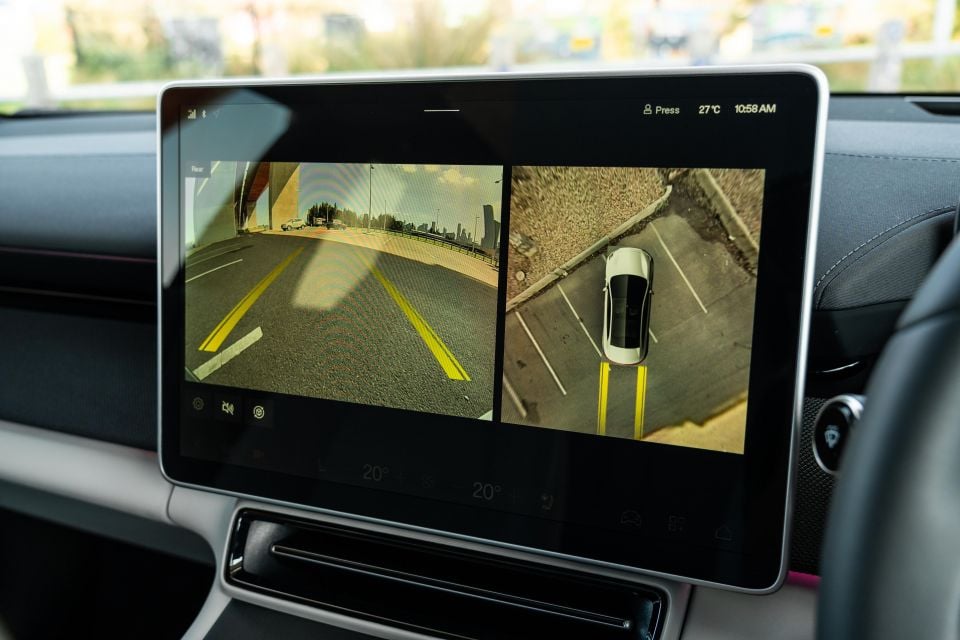
Standard safety features include:
To see how the Polestar 4 stacks up against the competition, check out our comparison tool
The Polestar 4 is sold in Australia with a five-year, unlimited-kilometre warranty.
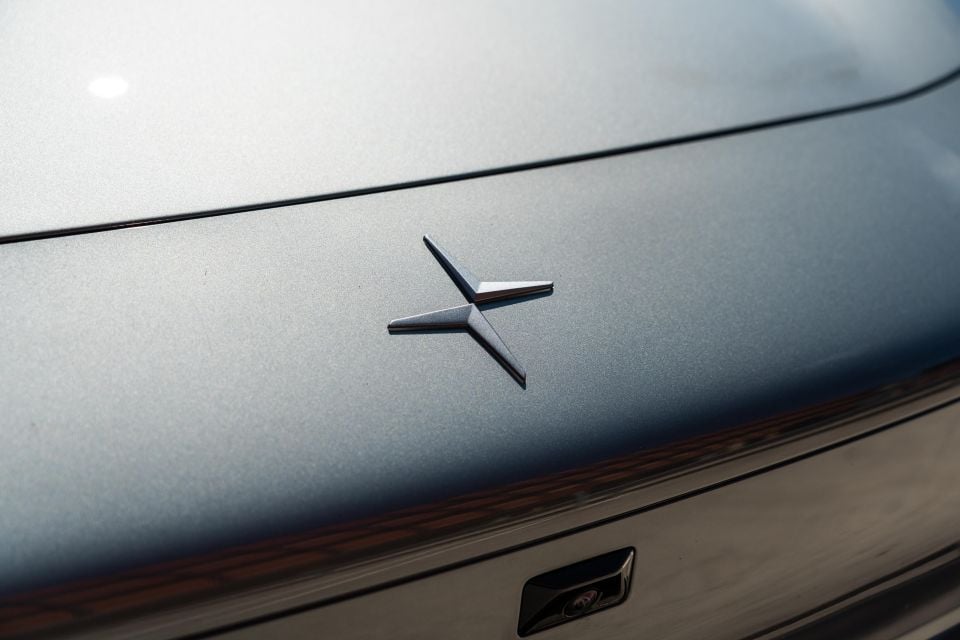
| Servicing and Warranty | Polestar 4 |
|---|---|
| Vehicle warranty | 5 years, unlimited kilometres |
| EV battery warranty | 8 years or 160,000 kilometres |
| Roadside assistance | 5 years |
| Service intervals | 24 months or 30,000 kilometres |
| Capped-price servicing | 5 years or 100,000 kilometres |
| Total capped-price service cost | Free |
To see how the Polestar 4 stacks up against the competition, check out our comparison tool
The Polestar 4 is a recommendable option in the premium electric SUV space, just not in this specification.
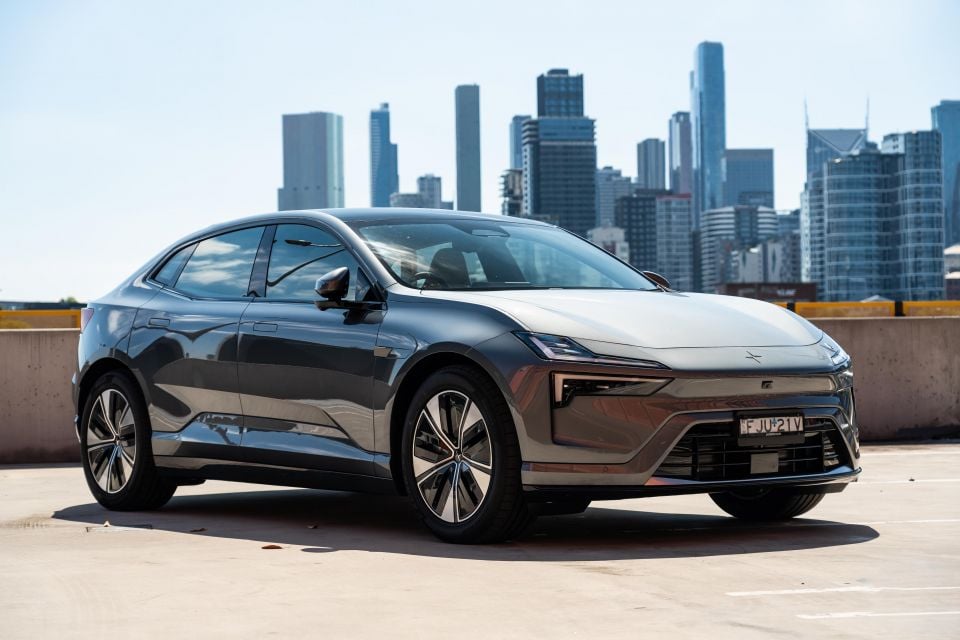
The Dual Motor is silly fast, comfortable and thoroughly modern, but there’s no escaping that the cost of desirable options adds up quickly.
From a base price of $88k before on-roads, Polestar managed to spec our test car up to $118,000 drive-away, and I’d argue that some the upgrades belong in the standard car.
For example, the top version of an upmarket model like this should come with a head-up display, heated steering wheel, and hands-free power tailgate straight out of the box.
Other inclusions like the premium sound system and electric reclining rear seats elevate the Polestar 4 above rivals, but both come at a hefty cost.
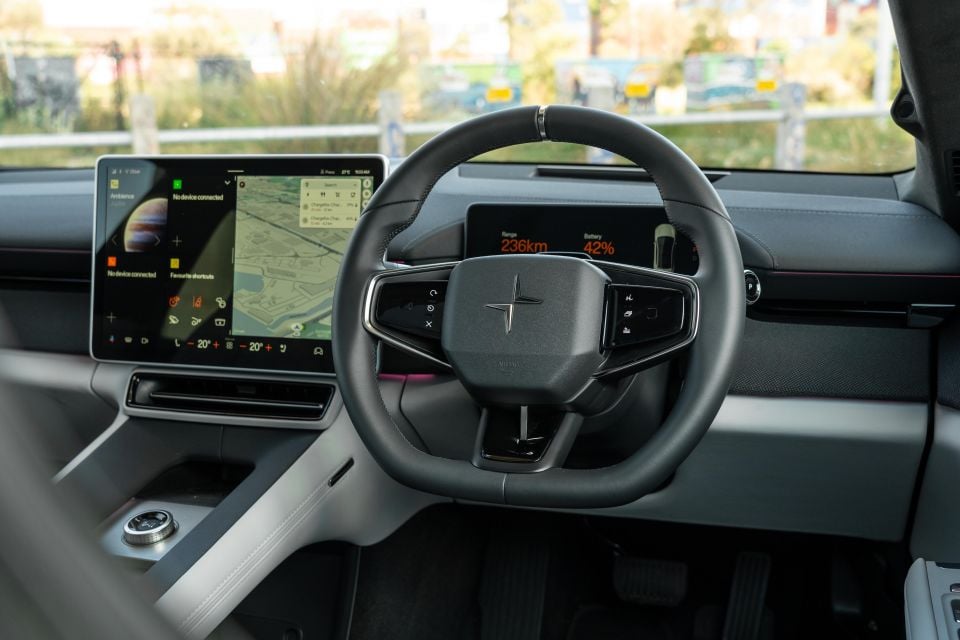
The question of spec leaves the 4 in an awkward spot, as the standard Dual Motor feels a little bare bones for the price, while our tester was rich in features yet too dear.
And even when fully kitted out, the Polestar 4 remains a little inefficient and light on boot space. However, those nitpicks can be forgiven when the car is specced to maximise value.
What does that look like? A Long range Single motor with the Plus Pack, in my opinion. For sub-$100k, it straddles the mainstream and premium electric SUV segments better than most.
That said, if a European badge, personal status and sustainability aren’t high on your radar, the Model Y is an affordable and well-sorted alternative.
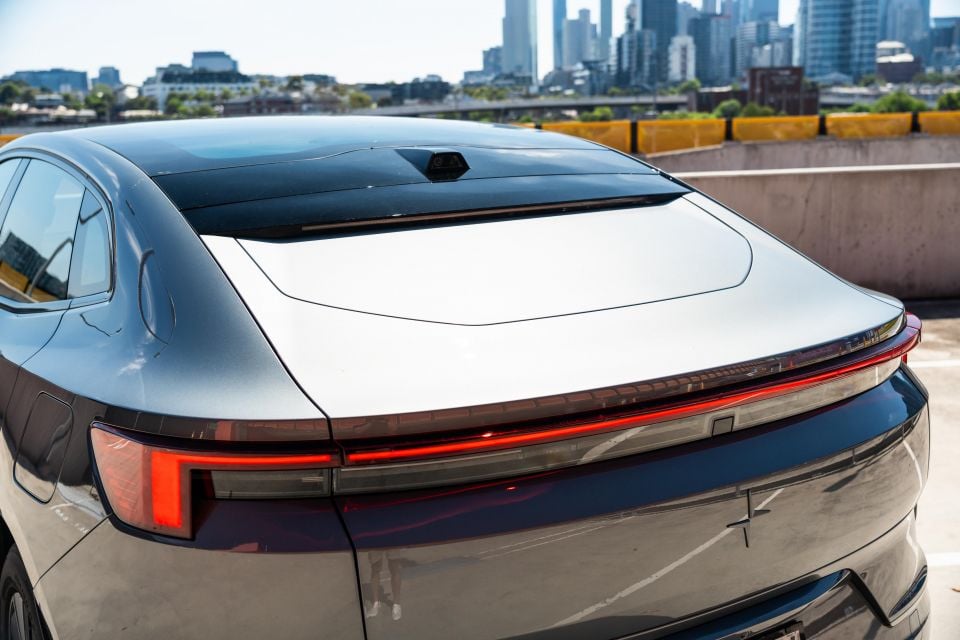
Interested in buying a Polestar 4? Let CarExpert find you the best deal here
Click the images for the full gallery
Where expert car reviews meet expert car buying – CarExpert gives you trusted advice, personalised service and real savings on your next new car.
Josh Nevett is an automotive journalist based in Melbourne, Australia. Josh studied journalism at The University of Melbourne and has a passion for performance cars, especially those of the 2000s. Away from the office you will either find him on the cricket field or at the MCG cheering on his beloved Melbourne Demons.


Josh Nevett
1 Month Ago
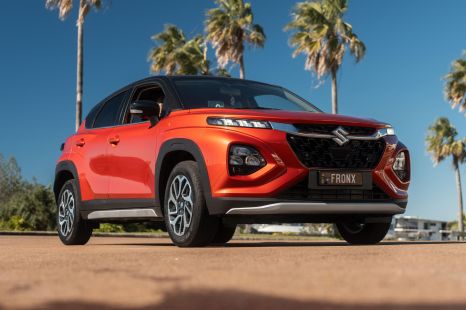

William Stopford
1 Month Ago
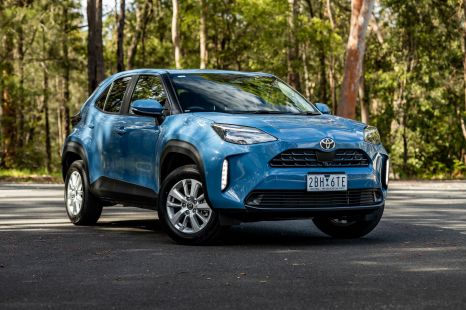

Matt Campbell
28 Days Ago
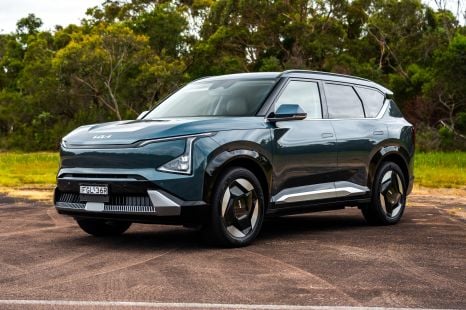

James Wong
21 Days Ago
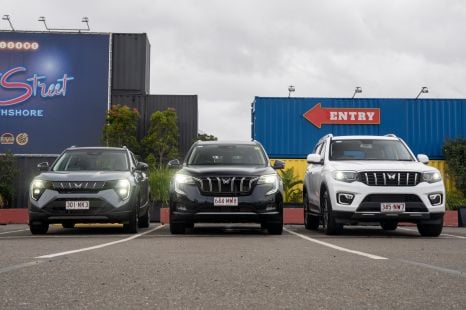

CarExpert.com.au
14 Days Ago
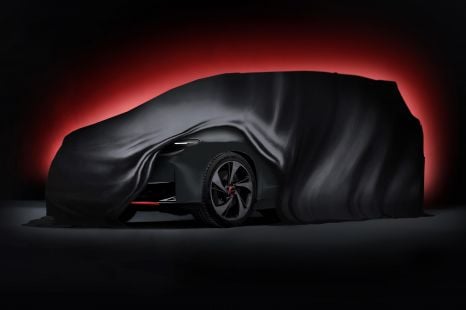

William Stopford
6 Days Ago